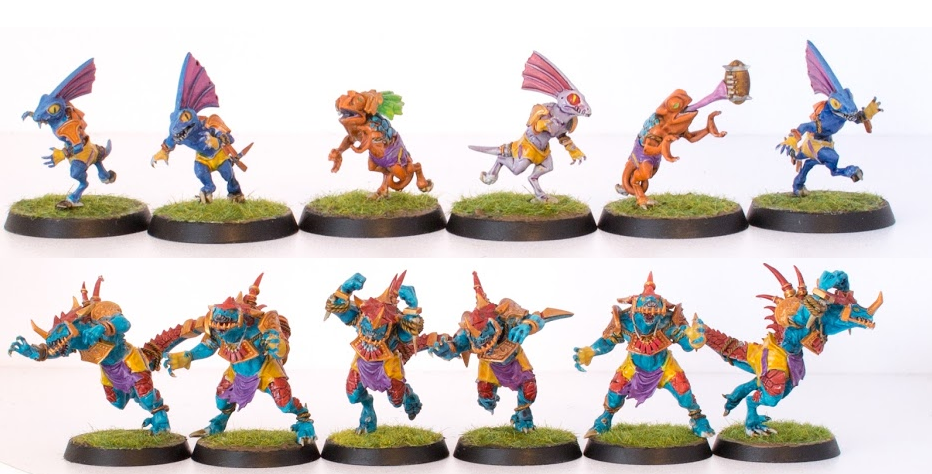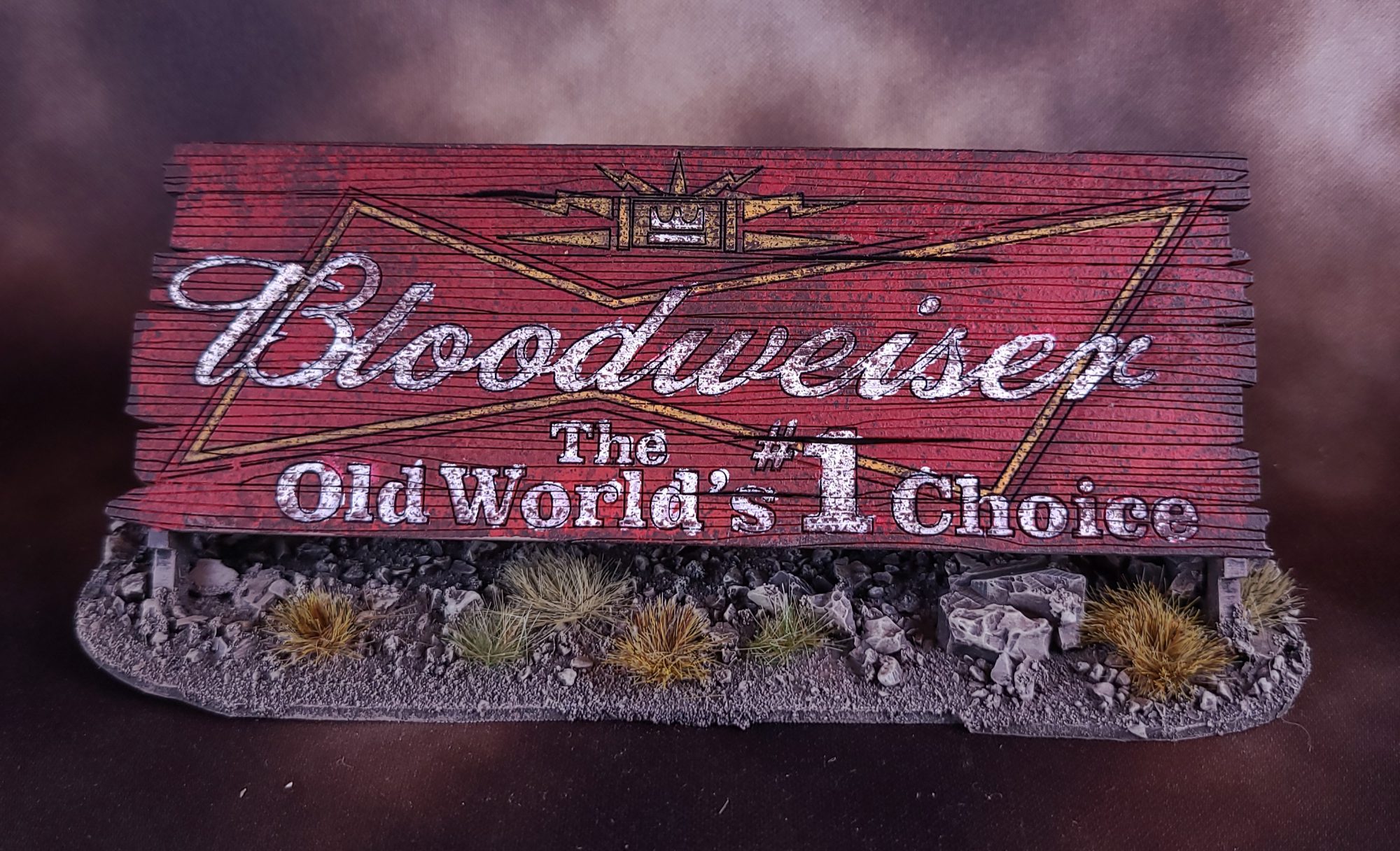This week’s Hammer of Math takes a look at the math behind Apothecaries in Blood Bowl.
Blood Bowl is not a game for the faint of heart (depending on the team a heart isn’t required at all), and injuries and casualties are a fact of life. One might even argue that, between the fouls, fights, claws, and multi-limbed tentacular horrors from realms of pure insanity, the occasional dismemberment or death is expected. Apothecaries exist for the occasion when that carnage is inflicted on a key player. Sometimes they even help! For 50,000 gold (or 100,000 for the Wandering Apothecary inducement), a team gains access to a once-per-game ability to patch-up a player. That ability can be used to either patch-up a Knocked-out player, or patch-up a Casualty.

Patching-Up Knocked-Out Players
This ability is pretty straightforward; an apothecary can be used to change a Knocked-Out result to Stunned. When an Injury roll is made, there’s a 25% chance that the 2D6 result will be an 8 or 9 and produce a Knocked-out result. Stunty players are a bit more fragile and have a 30.6% chance of getting the 7 or 8 needed for Knocked-out. Once the player is Knocked-out, they need to make a recovery roll at the end of each drive. On a 4+ the player is put into Reserves. This means that a player has 1-in-2 chance of missing the next drive, 1-in-4 of missing the drive after, and 1-in-8 of missing the drive after that.

Patching-Up Casualties
The other option for Apothecaries is to patch-up a player who is the victim of a Casualty roll. Both forms of the Injury table produce a Casualty 1-in-6 times. Once that happens the coach of the opposing team rolls a D16 and sees what the result is. 3-in-8 times the result is Badly Hurt, 3-in-8 times the table causes the player to miss the next game (possibly with a Niggling Injury which makes future Casualty rolls deadlier), and the remaining 1-in-4 outcomes produce either a Lasting Injury that reduces a Characteristic or kills the player outright.
The use of an Apothecary after a Casualty roll has two effects. The first is that it forces the opposing coach to make a second Casualty roll, and the friendly coach can choose which outcome they prefer. The second is that if a Badly Hurt result is applied then the patched-up player is put in the Reserves box. This means that between the two Casualty rolls an Apothecary has a 61% chance of bringing a Casualty back to the Reserves box. Since the use of an Apothecary is decided after the Casualty roll is made, the information provided by that roll is very important.
- Should the initial result be Badly Hurt, then the Apothecary is simply a guarantee that the player will be returned to play.
- For Tournament play, the only thing that matters is whether the player returns to the game; should the initial result not be Badly Hurt then the chance of the second roll being useful is only slightly better than rolling a 5+ on a D6.
- For League play, whether or not the result is a Lasting Injury or Death is important. The chance that the second Casualty roll is less critical effect is 3-in-4.
Note that there’s a curious oddity on the Stunty Injury Table; a result of 9 is Badly Hurt but the Apothecary can’t be used because there’s no Casualty roll.

Apothecaries or Bloodweiser Kegs?
One question that arises for Tournaments is whether or not an Apothecary is a better choice than a Bloodweiser Keg, which also costs 50,000 gold. A single keg changes the probability of coming off of Knocked-out from 1-in-2 to 2-in-3, meaning that a player motivated by a keg has a better chance of coming back in two drives than a beer-deprived player has in three. Given the limited number of drives in Blood Bowl this makes each opportunity to return a Knocked-out player important. The utility of the Apothecary is the lack of variance. A Knocked-out player is guaranteed to return to the drive. A Casualty where the first roll is Badly Hurt is guaranteed to play in the next drive. The downside is that the Apothecary can only be used once.
Which is better from a probability perspective depends on the number of players that are likely to have their armor broken and then number of drives that will result in an opportunity for Knocked-out players to return. Fast, fragile teams that might get multiple players Knocked-out and have lots of drives will benefit from the Bloodweiser Keg’s ability to affect the entire team. Slow, heavily armored teams might benefit more from the Apothecary’s single but guaranteed result.
Thanks for reading! If you have any questions or comments feel free to drop us a note in the Comments below or email us at contact@goonhammer.com. That’s also the best way to suggest topics for future articles.



You must be logged in to post a comment.